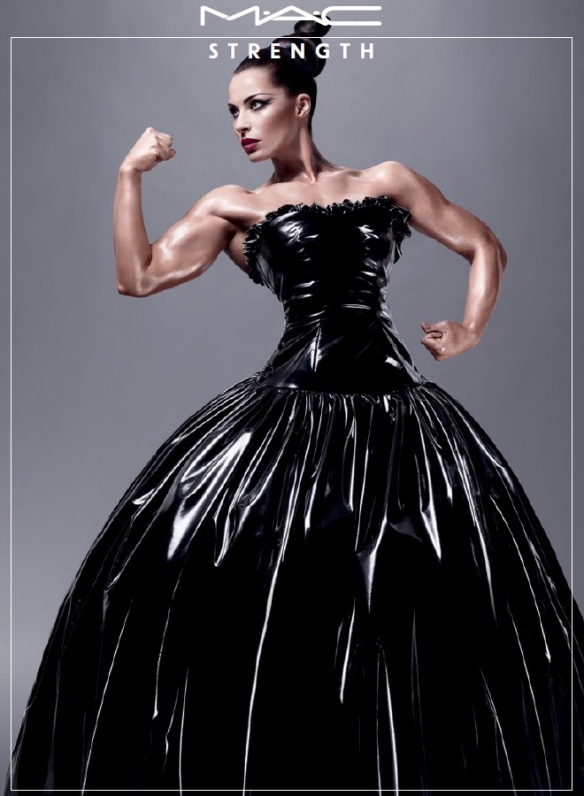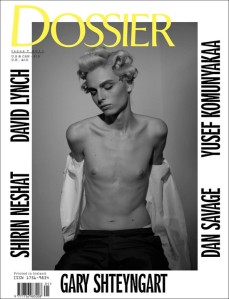The sexuality of older people is frequently denigrated and neglected. This is particularly true for women. People of all genders are taught a dogma of youth=beauty and marketed a multitude of products to fend off the effects of time. But whilst men become “distinguished” with age, women are touted botox in a bid to keep their partners from trading them in. 54-year-old George Clooney is still considered a sex symbol, Hugh Hefner surrounds himself with bikini-clad bunny girls and it’s not uncommon for women to talk lustily of “salt and pepper hair” and be-suited “silver foxes”. Where is our celebration of older women? Of grey hairs, lines around the eyes, ageing breast tissue and hot flushes? Women are encouraged to continue to remain looking youthful, or risk being deemed “ugly” and discarded. Meanwhile, men are taught to only see attractiveness in the young. Where does this leave us?
Much has been made of the casting of Monica Bellucci in the latest Bond film, Spectre. The choice of the 51-year-old actress as a Bond Girl (or should that be, Bond Woman), a pedestal of sexual attractiveness, has been lauded as “ground-breaking” and a “triumph” for feminism. Should it really shock us that Bond (played by Daniel Craig, aged 47) has finally been cast alongside a woman of his own age? We think little of him being paired with women in their 20s and 30s, as is common for the franchise. Bellucci, who can hardly be described as“old”, holds all of the assets commonly associated with “beauty”. She is famed for looking younger than her years and an ex-model, so perhaps her casting will not give great comfort to other middle-aged women. The film makes a small step for representation, but the furore around the issue reminds us of how few examples we have of older women portrayed as “sexy” in film.
Narrow and negative views of women’s sexuality are punishing at any age. Younger women struggle with Madonna/Whore attitudes, which both encourage them to be “sexy” and then shame them for it. As women age, they quickly become stereotyped as “desperate” and predatory “cougars” if they choose to be visibly sexual or become entirely invisible. Although some women may prefer younger men, fantasies of the sexually experienced “older women” (a la The Graduate) aren’t helpful if they’re the only image of sexuality in older women we see. In a depressing excerpt in porn documentary “Hot Girls Wanted” a 25 year old performer describes progressing quickly from being cast as a “teen” to a “MILF”. These fantasies aren’t only damaging to women, who should be given opportunities to explore and express their sexuality as they age as more than a vehicle for a younger man’s naughty adventures. Women who sexually abuse young people are frequently given lesser sentences than their male equivalents and attitudes that boys would be “lucky” to receive such attention abound. Women don’t sexually deactivate at the age of 35, with some women describing feeling more sexual at this age than when they were younger. But all too often this part of women’s lives is silenced and we see little of it represented in the world around us.
Ideas about age and attractiveness are multi-faceted and can’t be entirely blamed on the media. However, greater representation of older women (and not just middle-aged) as attractive and viable sexual partners rather than the butt of jokes or pornographic fantasies can go some way to expand our narrow terms of reference. One particularly good example I’m reminded of is the character Ruth Fisher in HBO’s Six Feet Under. The character is widowed at the start of the series and begins to explore her sexuality, taking a number of lovers. Although there are jokes to her storyline, Ruth’s love life isn’t a humorous sideline and is treated seriously. Ruth’s adult children struggle with her newfound life, but her sexuality is shown in an honest and unedited manner. In one shot, she is shown naked, grey hair falling on her shoulders, lying in bed with her partner, also an older man. How often do we see images like this? Or are we encouraged to see them as somehow “disgusting” or ridiculous?
Recent years have shown an increase in films with older characters, reportedly vying for the “grey-pound”. We need to have accurate representations of people of all ages in the media, not just so that people can identify with characters like themselves, but for the ways in which it challenges and teaches us to think critically about our stereotypes about age. Monica Bellucci is a great addition to the Bond films but let’s not laud her as a game-changer for women in film. We need more representation of older women (not just those with model looks), as beautiful, sexy and sexual. They need not always be centre-stage, but included alongside other plots and characters, for a drip-by-drip education that can encourage us to see activeness in all ages. Images like these could serve to remind women that they don’t have a “best before” date and their sexuality, at any age, is something to celebrate.













